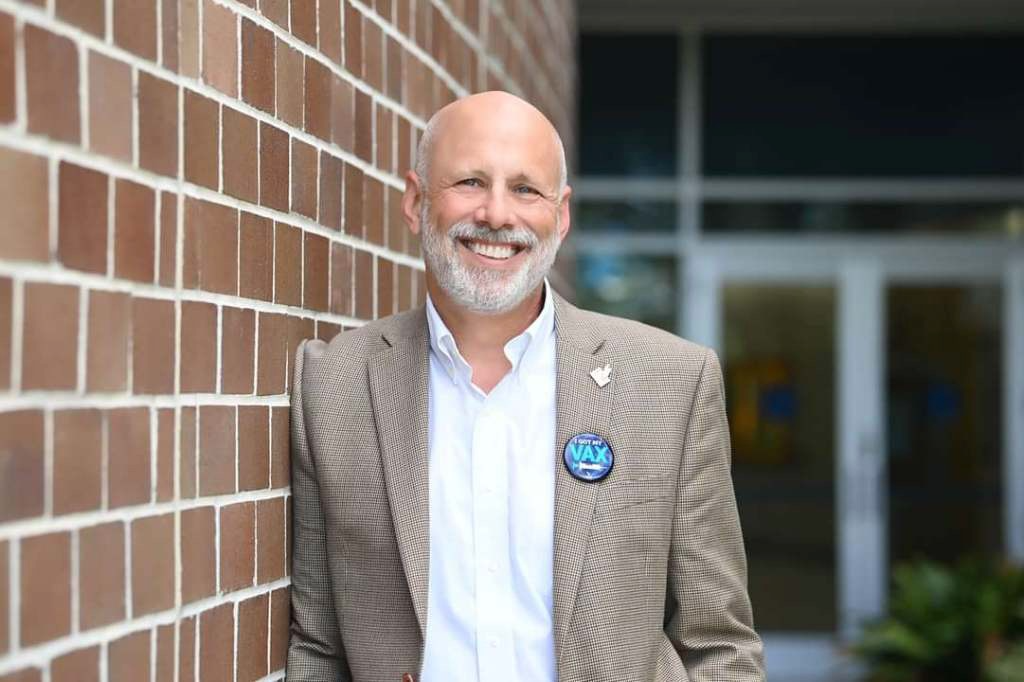“They help you quit smoking.”
“They don’t contain any nicotine!”
“It’s just water vapor.”
These are all claims by tobacco marketing that has led to the mindset that vaping and e-cigarettes, AKA e-cigs, vapes, etc., aren’t dangerous. Now, the use of e-cigarettes is becoming increasingly more popular especially among teens and college students. So much so that even at UNF it’s common to walk around campus, to be sitting in class or laying out on the Green and see people walking around using one. The use of e-cigarette products is riddled with misconceptions and, while e-cigarettes are said to be safer than cigarettes, that definitely does not make them safe!
The use of e-cigarettes is often referred to as vaping. The term vaping is dangerous and misleading because it implies that e-cigarettes produce a harmless water vapor, which is just water in a gaseous form. In actuality, e-cigarettes produce an aerosol that contains chemical particles from both the e-liquid that goes in the device and the device itself. There have been at least 60 chemical compounds found in e-cigarettes, and more in the aerosol they produce. The aerosol that users breathe and exhale from an e-cigarette can contain harmful substances like nicotine, ultrafine chemical particles that can be inhaled in the lungs, volatile organic compounds, and flavoring such as diacetyl, which has been linked to lung cancer. E-cigarette aerosol has also been proven to contain heavy metals like nickel, tin and lead. The FDA has just recently begun to regulate e-cigarettes so it’s hard for consumers to know what products are in them for certain. For instance, e-cigarettes advertise that they don’t contain any of the cancer-causing agents found in traditional cigarettes, but studies have found that 20 of the same carcinogens found in a traditional cigarette can also be found in some e-cigarettes.
E-cigarettes have also been shown to lead to addiction. Since the labeling on e-cigarette products aren’t always accurate, consumers might not be aware that they can contain as much nicotine as a regular cigarette. The JUUL, which has become the most common type of e-cigarette used among young people, contains as much nicotine as an entire pack of cigarettes and delivers the nicotine 2.7 times faster than other types of e-cigarettes! Nicotine is a highly addictive chemical that can rewire the synapses in the brain and create a nicotine dependence, ans well as a greater vulnerability to addiction to other drugs. Research also shows that the use of e-cigarettes increases the likelihood of actual cigarette smoking among youth and young adults, resulting in them becoming addicted to both.
There is still so much to learn about e-cigarettes and their long-term health effects, but what we have learned about them shows that they are harmful to your health. In order to combat this increase in e-cigarette use we need to change the idea that, because they are safer than traditional cigarettes, they are safe. The FDA and anti-tobacco initiatives and organizations, like the TRUTH initiative and Tobacco Free Jacksonville, are taking steps to regulate policy and change laws, but if we educate ourselves and our friends on the dangers of e-cigarettes, we can take the first steps in changing our attitudes about them and decreasing use among our peers!
—
For more information or news tips, or if you see an error in this story or have any compliments or concerns, contact editor@unfspinnaker.com.















